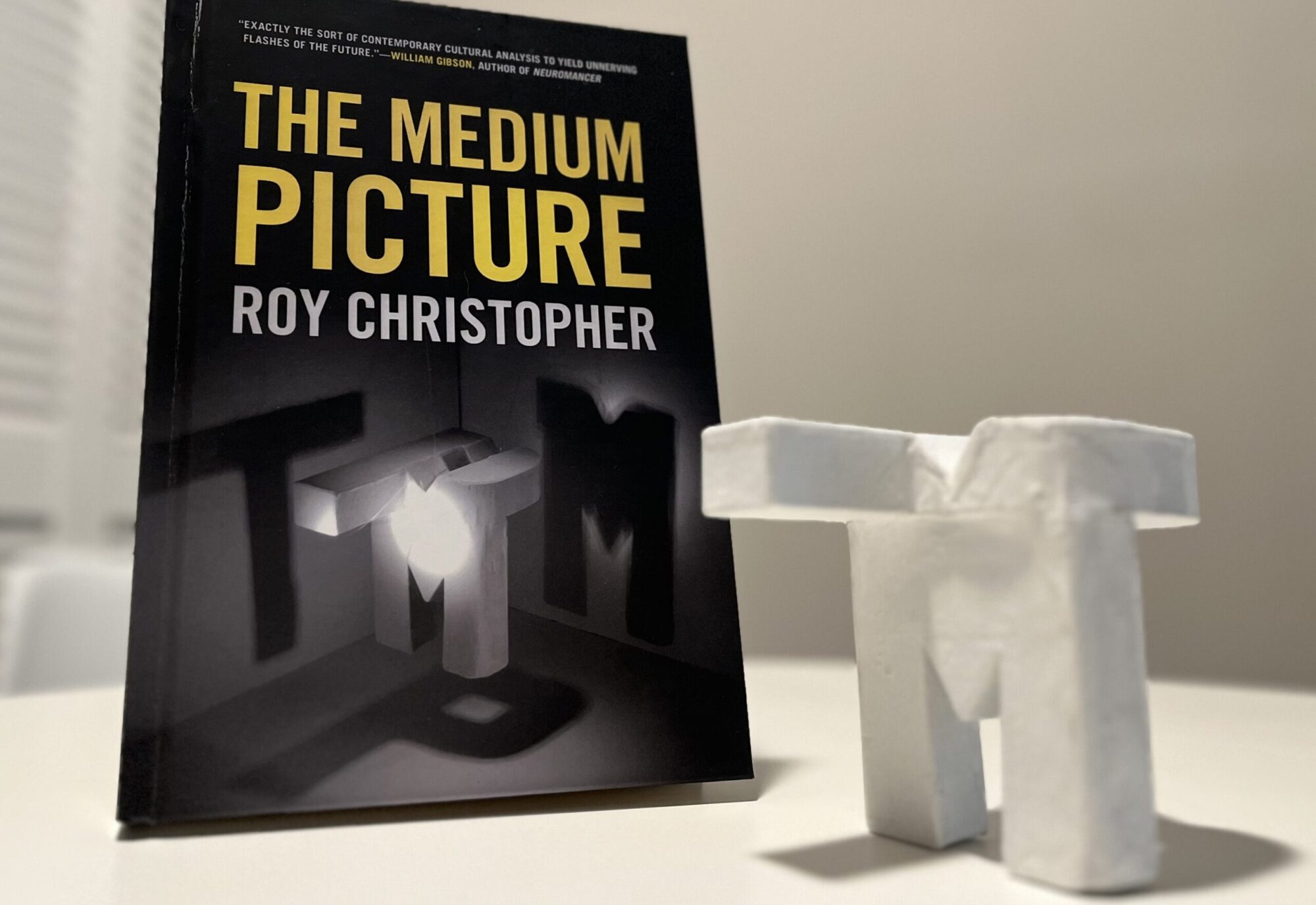![]() Remember when music was good — when bands stood for something and the music they created was from the heart? Remember when music was real?
Remember when music was good — when bands stood for something and the music they created was from the heart? Remember when music was real?
I remember a college professor trying to tell me that Nine Inch Nails’ Pretty Hate Machine was “fake, plastic music” while Jimi Hendricks’ Are You Experienced? was “real.” I recently heard the same argument about the fakeness of My Chemical Romance, with NIN as the “real” example.
Since writing last entry, I attended a skateboarding session where there were several skaters much older than I am. One said skater couldn’t seem to get his head in the present. All he talked about was “how things used to be” — the tricks, the ramps, the attitude, the music — everything. Needless to say, this grew tiresome very quickly, and I was glad when the younger crew finally showed up to session.
Some cultural artifacts get “grandfathered” in before our critical filters develop — shows that you remember loving that would probably annoy you now. Others however are chosen by your newly discerning pre-teen mind. Be it Bad Brains, The Wipers, The Sex Pistols, Dead Kennedys, Fugazi, Nirvana, Nine Inch Nails, or My Chemical Romance, everyone has that “punk rock moment” where he or she realizes that the shit on the radio or the shit that their dad likes is wack. This does not make the stuff that you used to like better than the stuff your daughter likes. This does not make Nine Inch Nails “better” than My Chemical Romance (there are plenty of other reasons for that).

As Doug Stanhope would put it, Nine Inch Nails is good to you because being young is good. Everything was better then, but not because it was 1991 (or 1968), for example. It’s because you were young then. The same can be said for the Jimi Hendricks example and my college professor above. Sorry, everyone, “Three’s Company” was not necessarily better than “The King of Queens.”
Part of this is cognitive. Our brains’ ability to create and store new memories simply slows down — to a near-stop, therefore making our most cherished memories those of a bygone era, those of our youth. And when we remember those times, we reify them, making them stronger (Freud called the process “Nachtraglichkeit” meaning “retroactivity”).
So, the aging skateboarder lamenting the olden days when skateboarding was more about gnar than fashion (Ed. note: it’s always been about both) might be suffering from cognitive deceleration, but most likely he’s just being nostalgic boor. Farbeit from me to quote Bob Dylan, but he once said, “nostalgia is death.”
My college professor (who’d probably be proud of me for quoting Dylan, even if I’m using it against him) was just being nostalgic as well. Nostalgia is not inherently bad, but when it comes from a sad place (as in our lamenting skateboarder above), then it indicates a dissatisfaction with the present. This, I believe, is when it becomes death.
We should all always be working toward making these the good ol’ days. The day I’m looking back, lamenting the now, is the day I want to cease.
Sources:
Johnson, S. Mind Wide Open. Schribner: New York, 2004.
Watson, J. D. Avoid Boring People. Alfred A. Knopf: New York, 2007.
Watson, J. D. “On Enduring Memories” SEED Magazine, April/May, 2006. p. 45.
Thanks to Reggie for sending me the Ruben Bolling comic.



 In 1959, C. P. Snow lamented a chasm between what he called the Two Cultures: artsy types on one side and stuffy science folks on the other. Well, Jonah Lehrer has been trying to bring them back together. His book
In 1959, C. P. Snow lamented a chasm between what he called the Two Cultures: artsy types on one side and stuffy science folks on the other. Well, Jonah Lehrer has been trying to bring them back together. His book 


![Mogwai live [photo by Leif Valin]](http://roychristopher.com/wp-content/uploads/mogwai-live.jpg)

 What the fuck is up with scones? A muffin, I understand. A muffin is a nice plump soft cake-like flavored breakfast treat, best when fresh, and even better warm. It makes total sense to me. Wake up, coffee, muffin: Cool. Not necessarily my “thing,” but okay, fine.
What the fuck is up with scones? A muffin, I understand. A muffin is a nice plump soft cake-like flavored breakfast treat, best when fresh, and even better warm. It makes total sense to me. Wake up, coffee, muffin: Cool. Not necessarily my “thing,” but okay, fine. Naturally, our collective reaction was something like, “What the fuck? That place sells scones? Like, that’s it? That’s the store?” Our second reaction was, “That place will be gone in six months.” However, like any community-oriented members of society when the store finally opened its doors we soon found ourselves saying a phrase I never thought I’d ever have to say in my life: “Let’s check out that scone spot.”
Naturally, our collective reaction was something like, “What the fuck? That place sells scones? Like, that’s it? That’s the store?” Our second reaction was, “That place will be gone in six months.” However, like any community-oriented members of society when the store finally opened its doors we soon found ourselves saying a phrase I never thought I’d ever have to say in my life: “Let’s check out that scone spot.”